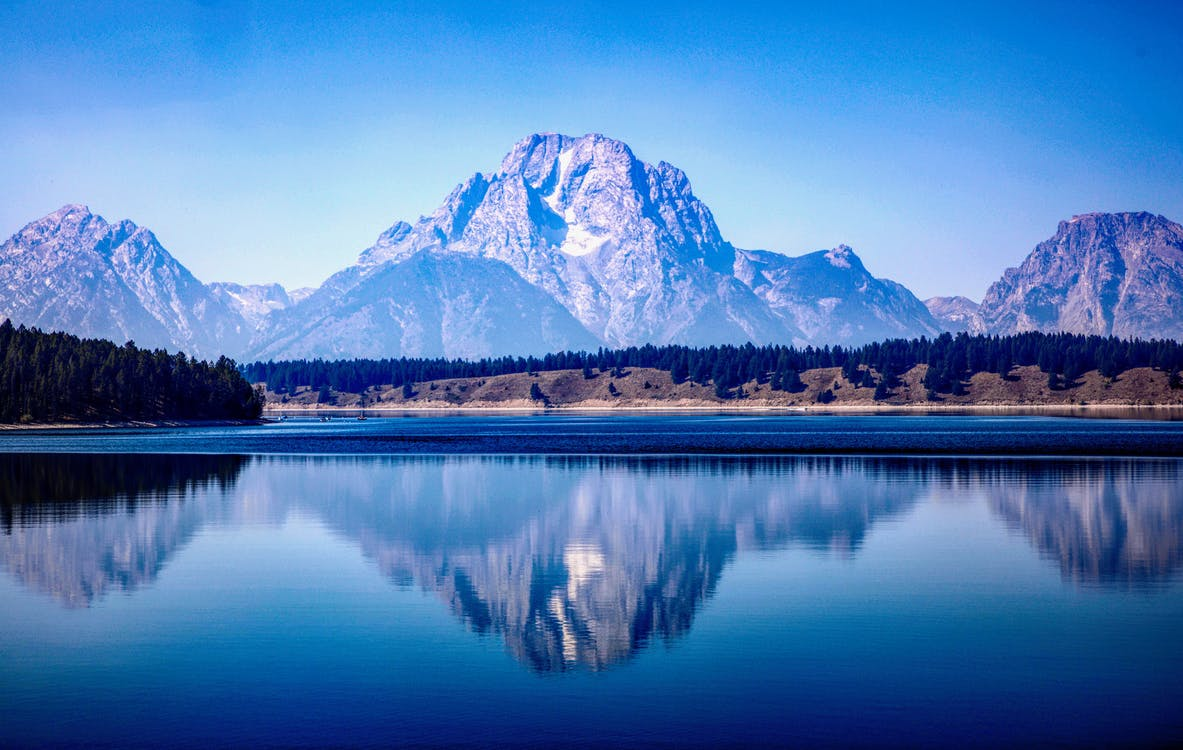Insightful Bytes
Exploring the world one byte at a time.
Chasing Light: Secrets Behind the Perfect Landscape
Discover the secrets to capturing stunning landscapes! Unlock tips and tricks for chasing light like a pro and transform your photography today.
Mastering Natural Light: Techniques for Capturing Stunning Landscapes
Mastering natural light is essential for any photographer looking to create stunning landscapes. The golden hour, which occurs shortly after sunrise and before sunset, provides soft and warm lighting that enhances the scenery. Utilizing this time effectively can transform ordinary landscapes into extraordinary images. To capture the best light, consider the following techniques:
- Arrive early to scout your location and plan your composition.
- Experiment with angles to see how the light interacts with natural elements.
- Use reflectors or light modifiers to bounce and soften the light.
In addition to the golden hour, understanding shadows is crucial for landscape photography. Shadows can add depth and dimension to your images, giving them a three-dimensional feel. When shooting mid-day, look for interesting shadows created by natural features like trees or rocks. Moreover, don't be afraid to embrace overcast days; the diffused light can create beautifully saturated colors and even tones that enhance the textures of your landscapes. Remember, mastering the art of natural light is about observation and experimentation, so get out there and start shooting!

The Golden Hour: How to Optimize Your Photography During Sunrise and Sunset
The Golden Hour refers to the period shortly after sunrise and before sunset when the natural light is soft, warm, and enchanting. This golden light can dramatically enhance the quality of your photographs, infusing them with warmth and depth. To make the most out of this magical time, consider arriving at your shoot location well in advance. Prepare your camera settings ahead of time, and scout potential angles that utilize the beautiful lighting. Focus on capturing different subjects, from landscapes to portraits, as the changing light creates a variety of moods and effects.
During the Golden Hour, it’s essential to pay attention to the direction of the light. Position your subject wisely; for instance, having the light coming from behind can create stunning backlighting, while side lighting can add texture and dimension to your photos. Experiment with different compositions and remember to adjust your aperture and shutter speed to adapt to the evolving light conditions. Additionally, use reflectors or diffusers to manipulate the light to your advantage, ensuring your images capture the essence of this exquisite time of day.
What Are the Key Elements of a Perfect Landscape Shot?
Capturing the essence of a landscape requires attention to several key elements that contribute to a perfect shot. First and foremost, composition plays a crucial role. This involves the arrangement of natural elements in the frame. Employ techniques like the rule of thirds, where important features are placed along imaginary lines or at their intersections, to create a balanced and visually appealing image. Additionally, incorporating leading lines can guide the viewer's eye toward the focal point, enhancing the overall storytelling of the photograph.
The second essential element is lighting, which can dramatically alter the mood and tone of a landscape shot. The golden hours—shortly after sunrise and before sunset—offer soft, warm light that can highlight the natural beauty of the scene. Contrast and color also matter; consider how the interplay between shadows and highlights can bring depth to your photo. Lastly, don't forget the importance of post-processing, where minor adjustments can elevate your shot from good to extraordinary, ensuring that every element works together harmoniously.